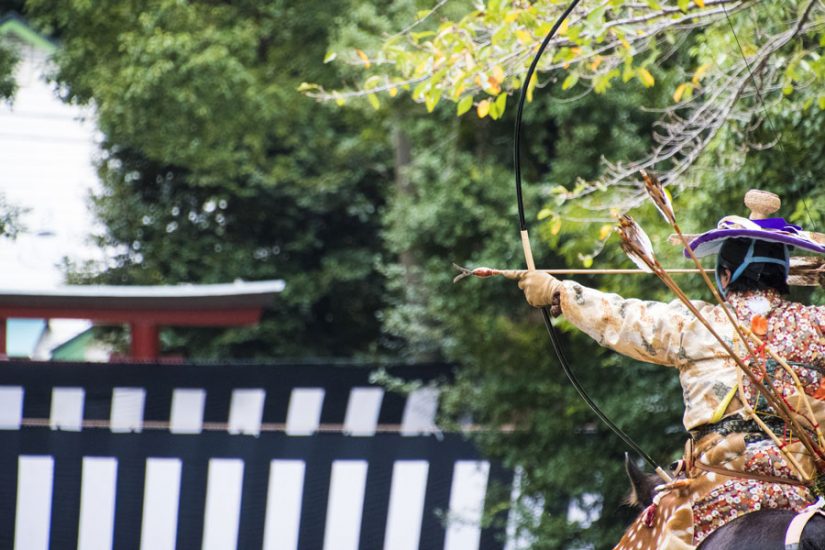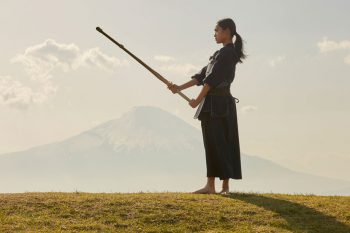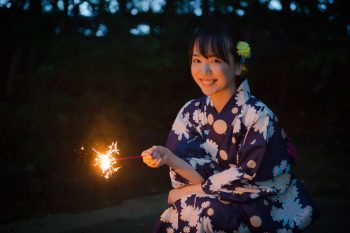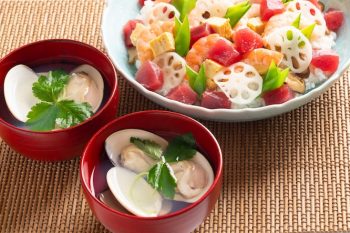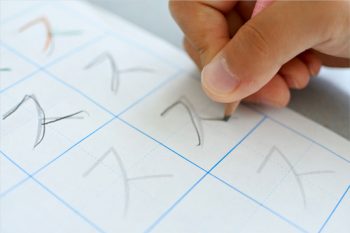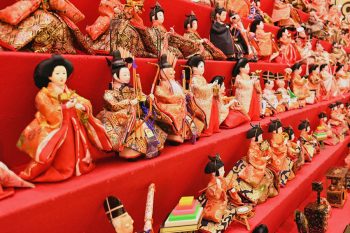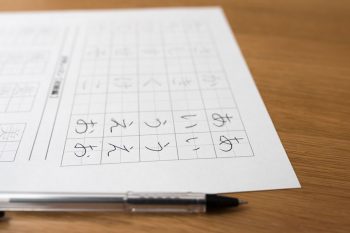CULTURE
Japan's animated television programs and movies have spread outside Japan to find fans all over the world, a fact that many Japanese.
Today’s Akihabara is a town of subcultures and electricity.
The district is filled with stores selling anime, manga, various associated merchandise and video games, and maids can be seen in the streets, but that’s not all. If it’s machine parts you’re looking for, you can find that in Akihabara as well.
The reason for this is that a few decades ago, Akihabara was a district filled with parts shops selling radios, wireless machinery components, vacuum tubes and more.
There are a number of reasons why you might want to take up a martial art in Japan. The regular physical practice can help you keep fit, build confidence, and let off steam. A martial art can also be a gateway into Japanese culture.
Japan has a generous number of annual public holidays. There are 16 annual shukujitsu (祝日, national holidays) peppered throughout the year during which schools, public institutions, and many businesses are closed. By law, if a national holiday falls on a Sunday, the following Monday will also be a holiday.
Japan has a rich array of annual events and festivities that are celebrated through the seasons, each with their own special traditions, and each with their own special foods. In this article we are going to look at some of Japan’s most important seasonal foods, and examine their significance.
Hinamatsuri (雛祭り) is a special festival which is held in Japan every year on March 3rd. This festival, which is known either as "Girl’s Day" or "Doll’s Day" in English, is a family celebration for young girls and is dedicated to their health and happiness.
As you probably know, Japanese has three alphabets: Hiragana, katakana, and kanji. You're going to need all three of those; something I'm specifying mostly because I've met people who insist that just one will do, and you should pick kanji because then you know Chinese too (no, it's not the same, and 'I've been to Korea' just makes things worse).


